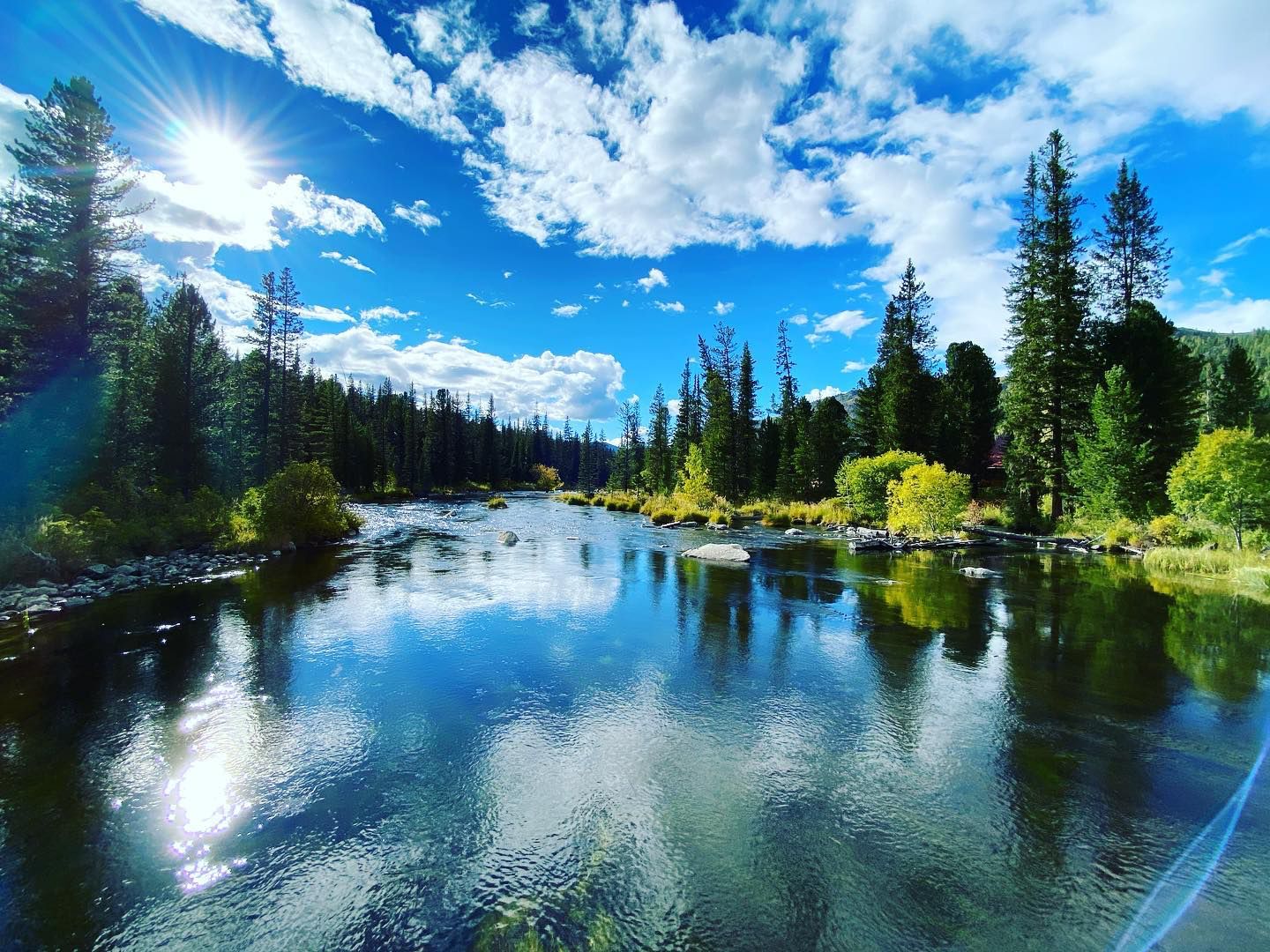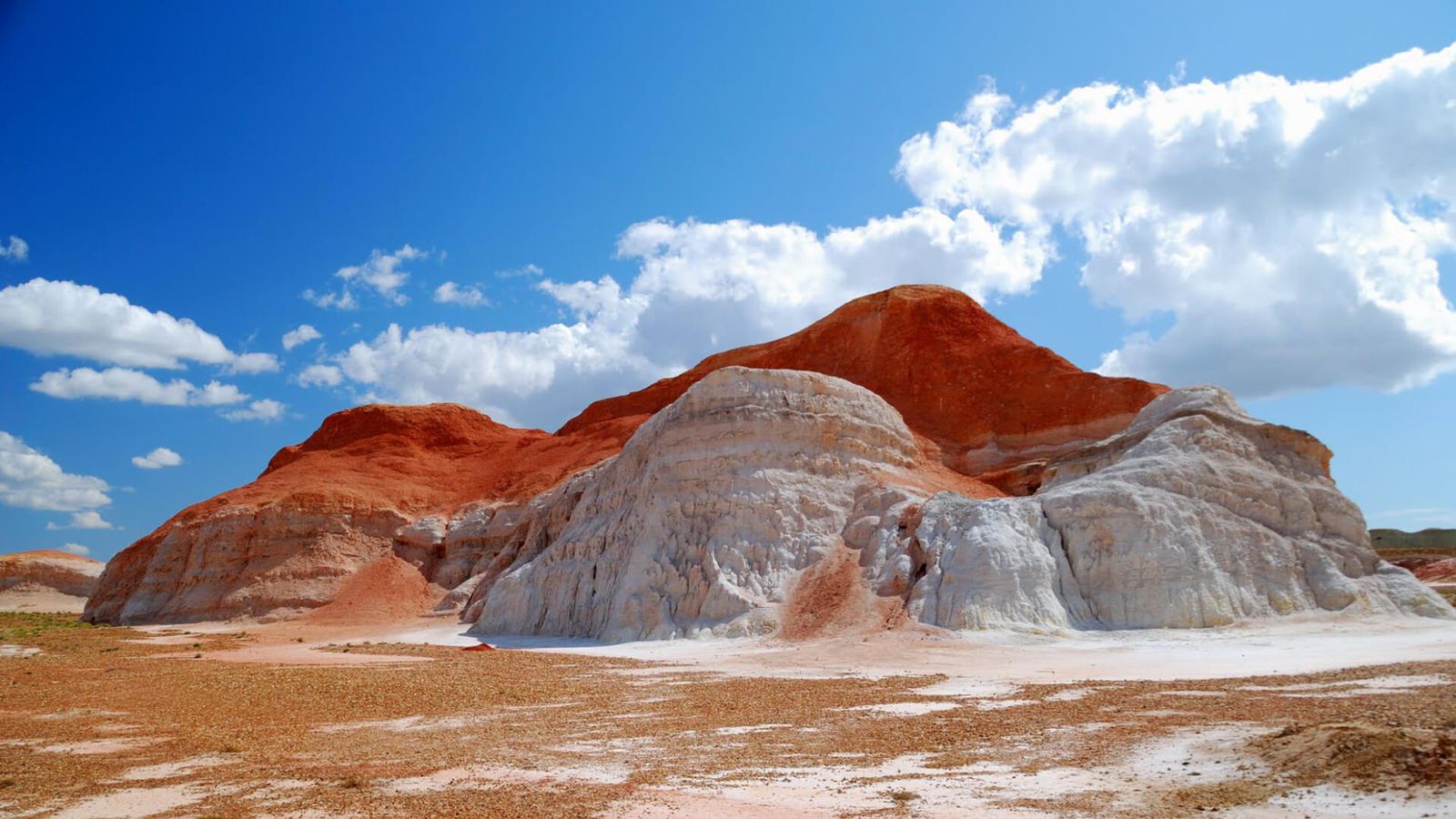
The graceful edge of the East

The wonderful nature of East Kazakhstan is like a book that is still unread. There is plenty of room for tourists here, even in the four seasons of the year. Most importantly, this region will surprise you with its majestic mountain, with white peaks, deep lakes, whose water is healing, nature reserves and historical monuments under the sky, which have preserved centuries of history.

Katon-Karagai - a unique place where tourists can come for a long vacation. It is a natural reserve located on the border with Russia, Mongolia and China. It is part of the Kazakh part of the Altai-Sayan ecoregion. The largest national nature park in our country. It is included in the list of UNESCO heritage of special protection. Here there are even places where no man has ever set a foot. All over the world, such places are very rare. Here there are more than 40 species of flora and fauna included in the Red Book of Kazakhstan. In this park, springs with hot water called "Rakhmanovsky Klyuchi" are especially popular with tourists. Its main therapeutic feature is the natural mineral underground radon water. The highest mountains of Altai and Siberia, Muztau at 4506 meters above sea level, Kokkol waterfalls falling from a height of 80 meters can be called a hallmark of this park. The holiness of Muztau is recognized by three world religions. Numerous climbers from all over the world come to conquer the peaks every year. The national park is well developed for hiking, ferry, car, horse and bus tourism.
How to get there: To get from Almaty to Katon-Karagai by plane, you buy a ticket to Ust-Kamenogorsk. The duration of the flight by direct flight is 1 hour 15 minutes, and through other cities - 3 hours 25 minutes.
After landing in Ust-Kamenogorsk, you have to drive 500 kilometers. You can get there by bus or by car. It takes 9 hours to get from Ust-Kamenogorsk to Katon-Karagai by bus, 5.5 hours by car.
The same even if you go by train. There is a stop only in the city of Ust-Kamenogorsk.

Kiin-Kerish tract. The terrain, known for its Martian landscapes, is varied in flora and fauna. Colorful folds, towering hills, and landforms that have left traces of early geological eras give the impression that one is on another planet. This tract has been especially popular in recent years with amateur photographers and local tourists. They often come here to capture a unique picture of sunrise and sunset. The tract is also called the "Valley of Spirits". This is because the local scenery, which looks like fire, gives the impression that it was created under the influence of mysterious forces. It is located 120 km from the district center Kurchum, 300 km from Ust-Kamenogorsk. The unusual pink color of the canyon soil seems to dissipate in the summer heat and splash with flames. That is why there is also the name "Blazing Cliff". Because the soil in the canyon consists of white clay, it melts like butter from the rainwater, giving passengers trouble. It was named "Kiin-Kerish" due to the difficulty of the route. The word "Kerish" in the Turkic language means "mountain", "ridge".
How to get there: Leaving Ust-Kamenogorsk, drive along the Samara highway, pass through the Irtysh River through the Kulinzhon pass (old name Kaznakovka) and drive through the village of Kurchum. The tract Kiin-Kerish is situated 95 km to the south-east of Kurchum, 15 km to the north-east of Zaisan lake and Amanat village (old name Minekei). From here you can hear the voice of silence. It is advisable to take plenty of water to drink. However, be careful in the tract. There are scorpions here.

Konyr Aulie Cave. The reverse side of Chingistau, a sacred cave located on Mount Aktas, 18 km from the village of Toktamys, Abay region, along the Chagan River.
Inside the mountain there is a cave, inside the cave there is a lake. And would you believe if they say that the lake has no bottom? There are many legends and stories about the healing properties of the lake, about the cave, which creates the impression of deliberately hidden from prying eyes. This place is visited all year round.
The lake inside the cave has a length of 25 meters, a width of 10, a depth of 1.8 meters. The area goes up and down every year. The water temperature is the same even in the four seasons of the year. Previously, in the right wing of the cave there was a stone statue of a woman lying on her back in distinct cavities. It is indicated that earlier there were about 15 stone balbals.
Abai often looked into this cave. Some sources mention that the burial place of the historical personality of Genghis Khan is the cave "Konyr Aulie". Inside the lake at the bottom of the cave there is a secret door, the same door leads to a wide cave under the mountain. There is a historical legend that Genghis Khan is buried there.
And in the mid-2000s, Kazakhstani tourism experts S. Kistanov, K. Milyaev and V. Voloshin told that under the lake there is a black depression measuring 10x10 meters and an endless sea stretches behind it. There seems to be a strong possibility that this lake has direct contact with groundwater.
Author: Asel Dagzhan
Photo: from the archive of the press service